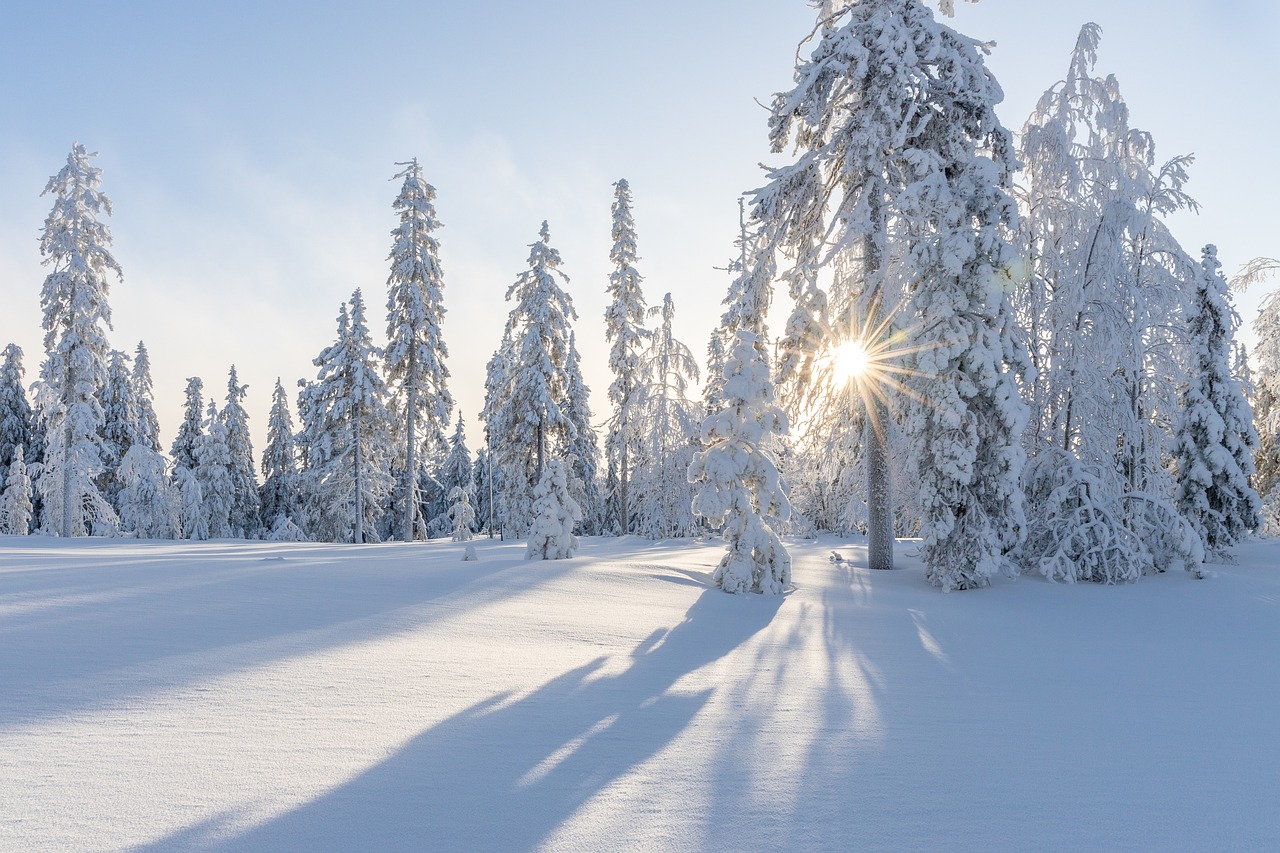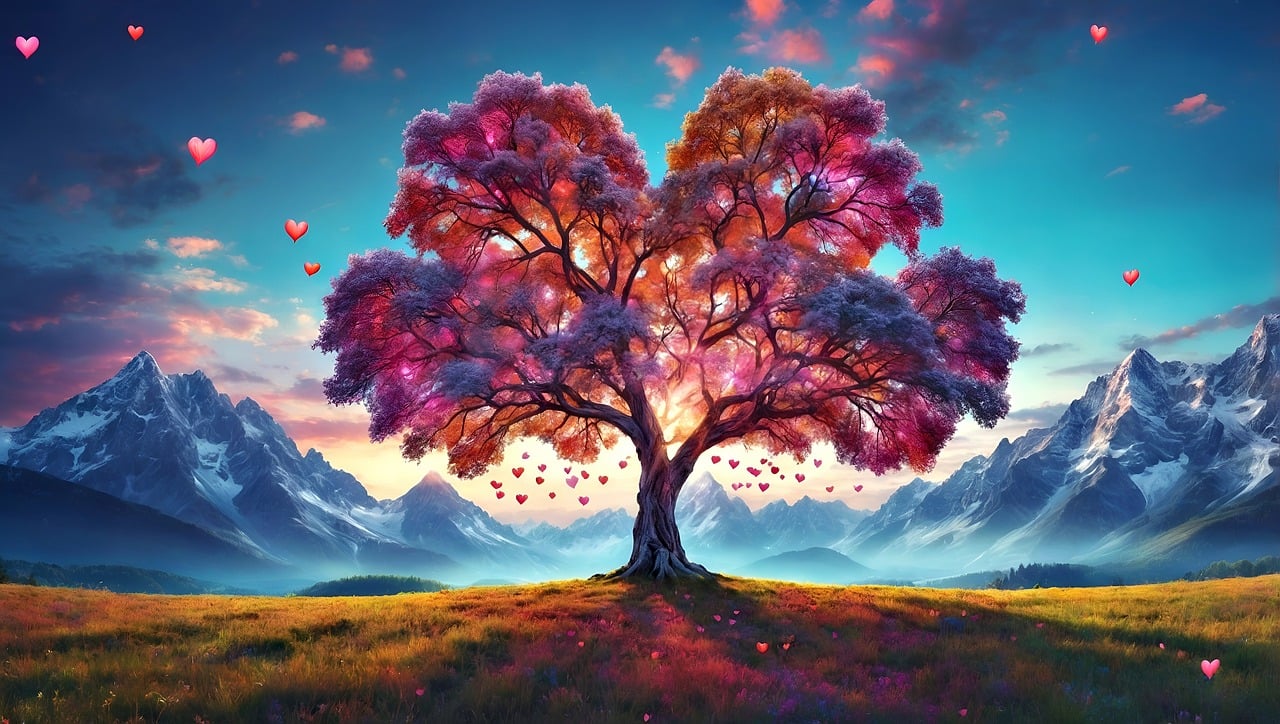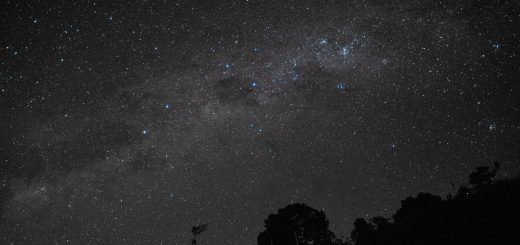The Spiritual Significance of the Winter Solstice Rituals

Hey there, amazing readers! 🖐️ Just a quick note: yes, we know there are a lot of ads here. Trust us, we get it—it’s not the prettiest look, but they help us keep this blog alive and kicking. Those pesky little ads cover the costs of all the behind-the-scenes magic, from hosting and tech stuff to creating content we hope you’ll love.
We’re committed to delivering quality posts, and your support (even just sticking around despite the ads) means everything to us. So, bear with us, and thanks for helping us keep the good vibes rolling. Now, on to the fun stuff! 😉
TRANSLATE BUTTON AT THE END OF THE ARTICLE
The Winter Solstice, the shortest day of the year in the Northern Hemisphere, has held spiritual significance for cultures worldwide since ancient times.
It marks a turning point in the natural world, a time of darkness and introspection as the sun reaches its lowest point in the sky.
But amidst the darkness, there is also hope and anticipation, for the Winter Solstice also signifies the return of the light, the promise of rebirth and renewal.
This powerful combination of darkness and light has inspired countless rituals and spiritual practices throughout history, each reflecting the unique beliefs and traditions of different cultures.
A celebration of rebirth and renewal
At its core, the Winter Solstice is a celebration of the sun’s return and the promise of new life.
Many cultures viewed the winter months as a time of death and dormancy, a metaphor for the hardships and challenges of life.
The Winter Solstice, with its lengthening days, served as a symbol of rebirth and renewal, a time to shed the old and embrace the new.
This symbolism is evident in various traditions, such as:
The Yule log: The burning of a large log throughout the Winter Solstice night symbolizes the dying and rebirth of the sun.
The warmth and light of the fire represent hope and new beginnings.
Yuletide celebrations: Christmas, celebrated around the Winter Solstice in many cultures, is a Christian holiday commemorating the birth of Jesus Christ, further emphasizing the theme of rebirth and new life.
Green boughs and evergreens: The use of evergreens, which remain green throughout the winter, symbolizes the enduring spirit of life and the promise of spring’s return.
Connecting with the natural world
The Winter Solstice is also a time to connect with the natural world and acknowledge the cyclical nature of life.
As the sun weakens, the Earth rests and regenerates.
By observing this natural rhythm, we can learn valuable lessons about patience, resilience, and the importance of rest.
Many Winter Solstice rituals involve spending time outdoors, appreciating the beauty of the winter landscape, and reflecting on our place in the grand scheme of things.
Celebrating community and togetherness
The Winter Solstice is also a time for community and togetherness.
As the days become shorter and colder, people gather around bonfires, share stories, and celebrate the warmth of human connection.
This sense of community provides comfort and support during the dark winter months, reminding us that we are not alone.
Different cultures, different celebrations
While the core themes of rebirth, renewal, and connection remain constant, different cultures have developed their own unique rituals and traditions to celebrate the Winter Solstice.
Here are some examples:
Europe:
Yule: A Germanic and Celtic festival celebrating the Wild Hunt and the return of the sun.
Saturnalia: A Roman festival dedicated to the god Saturn, characterized by feasting, merriment, and role reversals.
St.
Lucia’s Day: Celebrated in Scandinavia, this day involves a young woman adorned with candles and representing the light returning to the world.
Asia:
Dongzhi: A Chinese festival celebrating the winter solstice with family gatherings and the eating of tangyuan (sweet rice balls symbolizing wholeness).
Soyal: A Korean festival honoring ancestors and offering prayers for good fortune in the new year.
Yamatai: A Japanese festival involving the lighting of bonfires and offerings to the gods for good health and bountiful harvests.
North America:
Hanukkah: A Jewish festival commemorating the rededication of the Second Temple in Jerusalem, celebrated with the lighting of a menorah and gift-giving.
Kwanzaa: An African American holiday celebrating African heritage and principles, with seven days dedicated to different values.
Winter Solstice rituals of Native American tribes: Varying traditions and ceremonies involving honoring the spirit world, connecting with the natural world, and celebrating the return of the sun.
Modern-day Winter Solstice celebrations
In today’s world, many people continue to celebrate the Winter Solstice, both for its spiritual significance and as a way to connect with nature and community.
Modern celebrations often incorporate elements from various traditions, creating unique and personal experiences.
Some popular ways to celebrate the Winter Solstice today include:
Meditation and reflection: Taking time for stillness and introspection, reflecting on the past year and setting intentions for the coming year.
Nature walks and hikes: Appreciating the beauty of the winter landscape and connecting with the natural world.
Bonfires and fire rituals: Gathering around a fire to share stories, and sing songs, basking in the warmth and light of the flames.
Creative activities: Engaging in artistic pursuits, such as writing, painting, or playing music, inspired by the themes of the Winter Solstice.
Sharing meals and feasts: Gathering with loved ones to enjoy a festive meal and celebrate the season of togetherness.
Whether through traditional rituals or modern-day adaptations, the Winter Solstice remains a powerful reminder of the cyclical nature of life and the ever-present promise of renewal.
By taking time to acknowledge the darkness and embrace the light, we can find hope and inspiration during the cold winter months and carry that spirit throughout the year.

The Enlightenment Journey is a remarkable collection of writings authored by a distinguished group of experts in the fields of spirituality, new age, and esoteric knowledge.
This anthology features a diverse assembly of well-experienced authors who bring their profound insights and credible perspectives to the forefront.
Each contributor possesses a wealth of knowledge and wisdom, making them authorities in their respective domains.
Together, they offer readers a transformative journey into the realms of spiritual growth, self-discovery, and esoteric enlightenment.
The Enlightenment Journey is a testament to the collective expertise of these luminaries, providing readers with a rich tapestry of ideas and information to illuminate their spiritual path.
Our Diverse Expertise 🌟
While our primary focus is on spirituality and esotericism, we are equally passionate about exploring a wide range of other topics and niches 🌍📚. Our experienced team is dedicated to delivering high-quality, informative content across various subjects ✨.
To ensure we provide the most accurate and valuable insights, we collaborate with trusted experts in their respective domains 🧑🏫👩🏫. This allows us to offer well-rounded perspectives and knowledge to our readers.
Our blog originally focused on spirituality and metaphysics, but we’ve since expanded to cover a wide range of niches. Don’t worry—we continue to publish a lot of articles on spirituality! Frequently visit our blog to explore our diverse content and stay tuned for more insightful reads.







